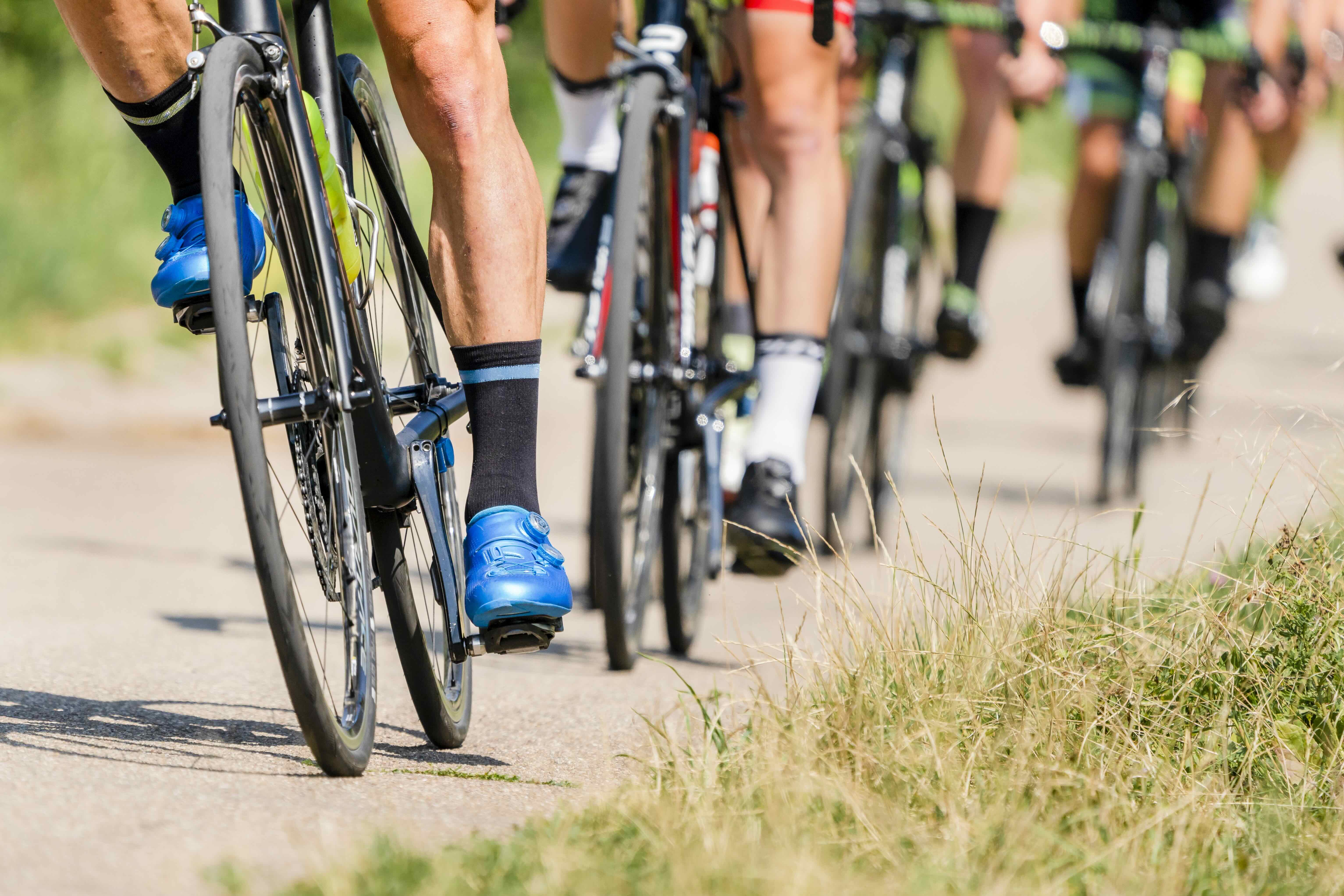
The ins and outs of taking your two wheeled bestie on a flight…
As the summer season gets underway and skis and snowboards are stowed away for the next few months, no doubt plans are being made for summer adventures on foot, bike and boat.
From an insurance perspective, an area we get a lot of requests for help on is transporting and insuring bikes. Both road and off-road cycling have seen the biggest growth we have experienced over the past 10 years. More and more of our clients are taking their bikes on holiday with them.
Even relatively modest bikes are a significant investment these days so entrusting them to airline baggage handlers is a leap of faith. Whether insured or not, getting to your destination and finding your bike damaged can be a real headache.
Snowcard is one of the few specialist insurances that allows you to add your bike to a travel policy.
Even if you have a dedicated annual bike insurance, insurance should be regarded as a last resort and there is plenty of very good advice available to help you prepare for checking your bike in with your airline to help protect it in transit.
Bike boxes
Whilst cardboard boxes are available, most airlines will insist on your bike being properly packed and specific criteria must be met.
Click here for Easyjet’s advice on how to pack your bike but it is also worth taking professional advice on the best way to pack a bike ready for check-in and checking the requirements from the airline that you are travelling with.
Cycling weekly have reviewed the best bike bags for 2025. Click here to read.
More bike transport advice:
Claims advice
If the worst happens and your bike is damaged in transit, there are certain things you must do, especially if you are going to make an insurance claim.
- Familiarise yourself with your policy wording terms and conditions before you travel
- Ensure you are aware of your airlines statutory liability for damage to checked in luggage and submit a claim immediately.
- Obtain a ‘property irregularity report’ (PIR see below) before leaving the airport, your insurers will require this to validate the claim.
- Take pictures of the damage to the bike and also the bag before leaving the airport.
- Have original purchase receipts saved.
- If your bike is a custom build, have it valued and keep all component receipts.
If your bike was purchased second hand, make sure you have a receipt from the seller and ask for their original purchase receipt just in case.
What is a property irregularity report?
A Property Irregularity Report (PIR) is an official form used by airlines to document and report irregularities with baggage, such as damage, loss, or delay. It's essentially a record of an issue with a checked bag and is often used to initiate claims for compensation or repair.
Civil Aviation Authority guidance
Airline liability for damage to your luggage is often set at a fairly low level, check your ticket conditions for further information on your rights. Most bikes will have a greater value than the airlines maximum liability for damage to checked in luggage. Click here for more information.
Freddie D April 2025